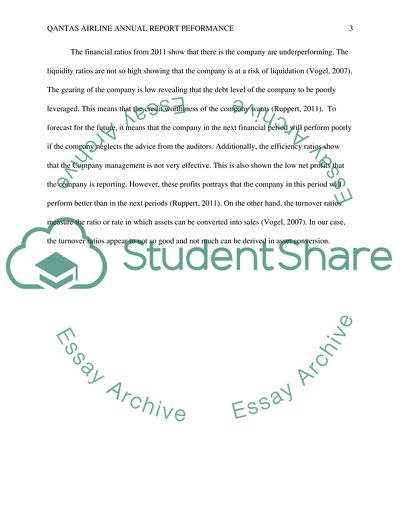Cite this document
(Qantas Airline Annual Report Peformance Essay Example | Topics and Well Written Essays - 3000 words, n.d.)
Qantas Airline Annual Report Peformance Essay Example | Topics and Well Written Essays - 3000 words. https://studentshare.org/finance-accounting/1876384-qantas-airline-annual-report-peformance
Qantas Airline Annual Report Peformance Essay Example | Topics and Well Written Essays - 3000 words. https://studentshare.org/finance-accounting/1876384-qantas-airline-annual-report-peformance
(Qantas Airline Annual Report Peformance Essay Example | Topics and Well Written Essays - 3000 Words)
Qantas Airline Annual Report Peformance Essay Example | Topics and Well Written Essays - 3000 Words. https://studentshare.org/finance-accounting/1876384-qantas-airline-annual-report-peformance.
Qantas Airline Annual Report Peformance Essay Example | Topics and Well Written Essays - 3000 Words. https://studentshare.org/finance-accounting/1876384-qantas-airline-annual-report-peformance.
“Qantas Airline Annual Report Peformance Essay Example | Topics and Well Written Essays - 3000 Words”. https://studentshare.org/finance-accounting/1876384-qantas-airline-annual-report-peformance.


